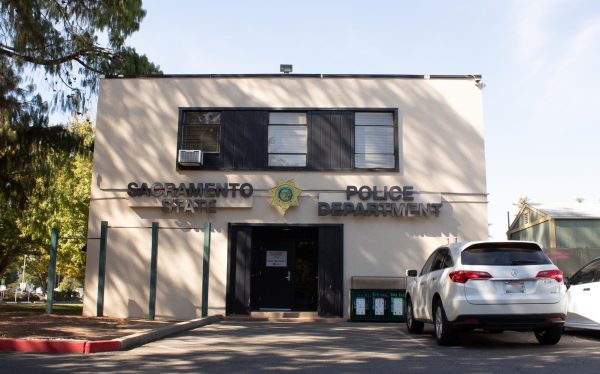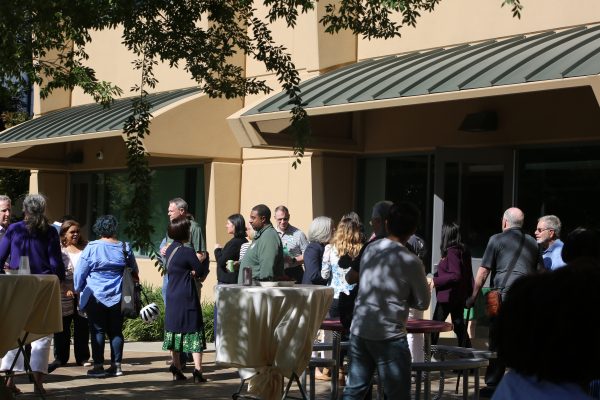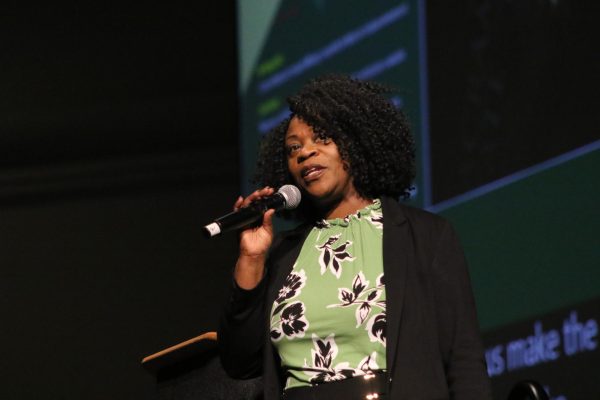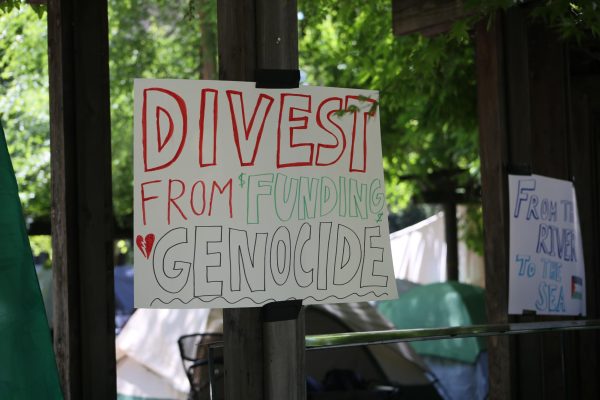ASI combats attrition with new ballot proposal
October 27, 2004
Sacramento State graduation statistics have prompted a plan to redirect a portion of student fees to create a student retention center.
The funding for the project will be one-third of student fees that has in previous years been set aside for financial aid resources. The Board of Trustees removed the one-third set aside in an executive order on March 15.
Students will vote Nov. 23-24 in an online election whether the student fees should be redirected into building and maintaining a retention center. Associated Students approved this addition to the ballot Oct. 20.
The retention center would include a 24-hour computer lab, tutoring, mentoring and a program that connects incoming freshman with older experienced students.
According to the legislation written by Wood, less than half of the students who start off at Sac State graduate.
The Office of Institutional Research found that only 31 percent of first-time freshman at Sac State graduate in a five-year period. In an eight-year period the number goes up to 43 percent of first-time freshman.
Wood said the goal of the retention center would be to help students to reach their degree objectives.
“What we are most worried about is that students will think that this is a fee increase, but it’s not,” said Luke Wood, ASI vice president of academic affairs.
Wood said that ASI plans to work with other campus organizations to raise awareness about the vote and to inform students about the benefits of the retention center.
The election will be held online to try to get more students to vote.
Last spring, a controversial measure on the ballot to build a Recreation, Wellness and Events Center led to a record high in student voter turnout for a campus election with 4,985 of the 28,375 students casting ballots.
“I see us having a pretty big turnout for this election because it will be more accessible to students,” Luke Wood said. “They can vote from home and they won’t have the hassle of waiting in line between classes.”


































































































































